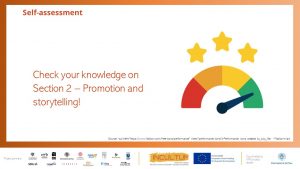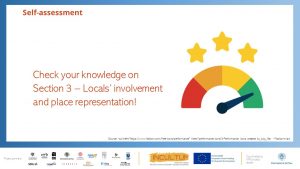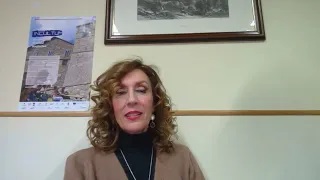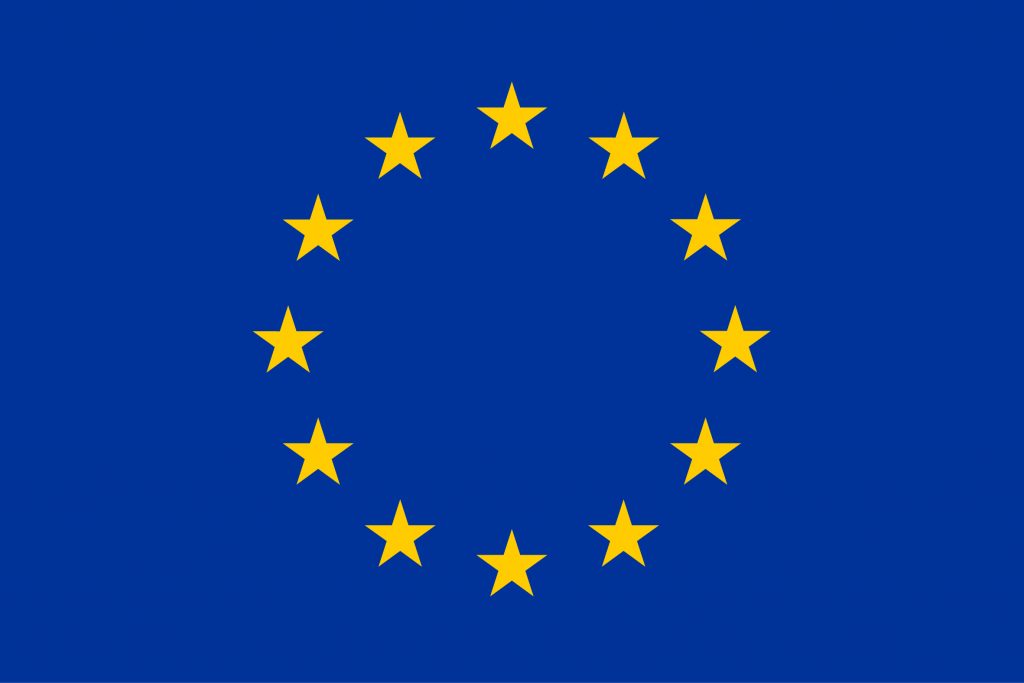ITP >> Academic Courses>>Marketing and Social Branding

Welcome to the INCULTUM course titled
“The importance of marketing and social branding in tourism destinations”
created by the University of Pisa in the frame of the INCULTUM project.
STRUCTURE OF THE COURSE

Introductory video of Prof. Enrica Lemmi, Scientific Coordinator
- Why tourism is important for local development
- The importance of peripheral areas in tourism experience
- Objectives and topics of the course
Follow the links below to access video lessons, to download FIMs and to assess your results with Quizes
INTRODUCTION TO THE COURSE
Dr. Laura Gavinelli (video)
- How can marketing and local community contribute to turn peripheral areas into sustainable tourism destinations?
SECTION 1 – MARKETING AND BRANDING PRINCIPLES
Introduction to Section 1 (video)
- Driving question
- Agenda
Unit 1.1 Definitions and theoretical framework (video)
- What we mean for tourism product
- Definitions of territory, landscape, peripheral area and destination
- Definition and components of a tourism product, service and experience
- Product life cycle (PLC)
Focus: Planning a tourism experience (video)
Unit 1.2 Marketing logic and planning (video)
- What is marketing
- What is its role in tourism offer (destination)
- The stages of its MMP Marketing Management Process
- Implement a project: the marketing plan and other tools
Unit 1.3 Branding and local identity (video)
- Brand, a definition
- Principles of branding
- From local identity to positioning strategy
- Examples of UDP Unique Destination Proposition and USP Unique Selling Proposition
Further Information Materials (PDF)
Self-assessment: quiz (PDF)
SECTION 2 – PROMOTION AND STORYTELLING
Introduction to Section 2 (video)
- Driving question
- Agenda
Unit 2.1 Communication principles (video)
- Definition of communication
- How communication works: the mechanics
- Verbal, paraverbal and non-verbal communication
- Emotions and face expression
Unit 2.2 Marketing communication (video)
- Marketing communication: definition and areas
- Stages of a marketing communication process
- Branding a tourism destination
- Place representation to foreign visitors: the COO effect
Focus: Examples of DMO advertising to promote destinations (video)
- Video clips and comments
Unit 2.3 Engaging visitors (video)
- The communication ecosystem: digital and non-digital tools
- Funnel marketing and social media
- Above the line, below the line, through the line techniques
- Gamification, guerrilla marketing
- AI-enabled technologies
Focus: Gamification (video)
Further Information Materials (PDF)
Self-assessment: quiz (PDF)

SECTION 3 – LOCALS’ INVOLVEMENT AND PLACE REPRESENTATION
Introduction to Section 3 (video)
- Driving question
- Agenda
Unit 3.1 Mapping stakeholders (video)
- Overtourism and sustainability
- Identify the key actors/stakeholders
- Destination policy, governance and management
- Tools to interact, collaborate, and cooperate with the key stakeholders
Unit 3.2 Ecomuseums and local development (video)
- Definition and role of the ecomuseum
- Its origins
- An example in Italy
- The EcoHeritage platform to promote a collaborative approach to local heritage
Focus: The case of an Italian ecomuseum (video)
- Interview to Deborah Del Basso, Director of Lis Aganis ecomuseum
Unit 3.3 The role of local Community (video)
- The collaborative approach in sustainable tourism
- The role of local community in planning a destination
- A case study within the INCULTUM project: the involvement of local community in San Pellegrino in Alpe, Italy
Focus: The role of community manager (video)
- Interview to Martina Pirrone, Research Fellow at University of Pisa and Community Manager within the pilot project San Pellegrino in Alpe
Further information Materials (PDF)
Self-assessment: quiz (PDF)








